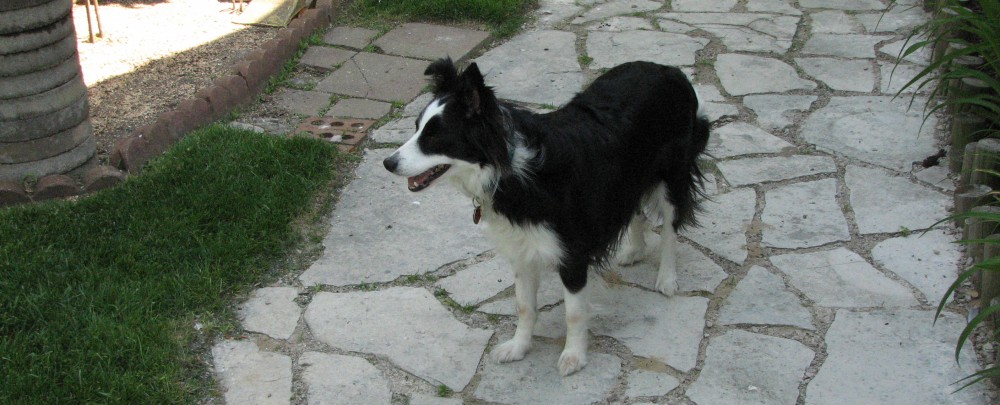The effects of fire suppression/reduction policies on landscapes of the western United States have been researched extensively. It is widely known that these policies have greatly changed the nature of the vegetation, and the pre-settlement fire regimes, over very wide areas. Vegetation in Mediterranean climates (hot and dry in the summer, i.e. California) has generally been altered the most drastically. However, it has not always been clear how early these changes began. This is because official government fire suppression policies at state and federal levels did not begin until the 1910-1925 time period (thus well after settlement and Indian removal), and because the magnitudes of pre-settlement Indian burning and pre-1925, non-official fire suppression work, are both pretty unclear.
The following extract from Early Days in Yosemite was written by Galen Clark in 1907, near the end of his life (its original title was: “A Plea for Yosemite“). Clark lived in Yosemite Valley for many years, beginning in 1856, which was just three years after the Yosemite band of Miwok was driven from its long-time home after hostilities with both white settlers (the “Mariposa War”) and with the Mono Paiute on the east side. He therefore had about a 50 year, personal perspective on the vegetation changes in the Valley, which is highly valuable. [He was also elected the first “Guardian” of the Valley, after it was deeded to the State of California in 1864 by President Abraham Lincoln. According to Yosemite historian Shirley Sargent, Clark was the single most important individual responsible for Yosemite becoming a National Park in 1890, above even John Muir].
“A great change has taken place in Yosemite Valley since it was taken from the control of the native Indians who formerly lived there. In the early years when first visited by white people three fourths of the valley was open ground, meadows [with] grasses waist high, and flowering plants. On the dryer parts were scattering forest trees, pines, cedars and oaks, too widely separate to be called groves, clear of underbrush leaving clear open extensive vision up and down and across the valley from wall to wall on either side. The Indians had kept the valley clear of thickets and young trees and brushwood shrubbery so that they could not be waylaid, ambushed or surprised by enemies from outside and to not afford biding places for Bears or other predatory animals, and also to have clear ground for gathering acorns which constituted one of their main articles of food. At the present time there is not more than one fourth of the floor of the valley clear open ground as there was fifty years ago. Nearly all the open ground between the large scattering trees is now covered with a dense growth of young trees which also extend out over hundreds of acres of the dryest portion of the meadow land. Every pine tree on the floor of the valley less than seventy-five feet high has grown from the seed within the past fifty years.
During recent years considerable work has been done in clearing up the young growth of trees and brushwood to afford better views of the distant scenery and to be better able to control fires which accidentally get started in the dry summer season…There are still hundreds of acres where this reclaiming work needs to be continued to make the greater portion of the valley accessible to visitors, and to break up the bidden retreats of the Bears which have now taken up their permanent residence in Yosemite. This present season an female Bear with two cubs has had a free pass throughout the valley and had given ferocious chase to every Photo Artist who has attempted to get a picture of the group… this work of clearing up and reclaiming a large portion of Yosemite valley is one of great importance…Much of this work can be done at very little dead expense. All the larger growth to be cleared away can be cut into firewood and readily sold to residents at the cost of cutting.”
